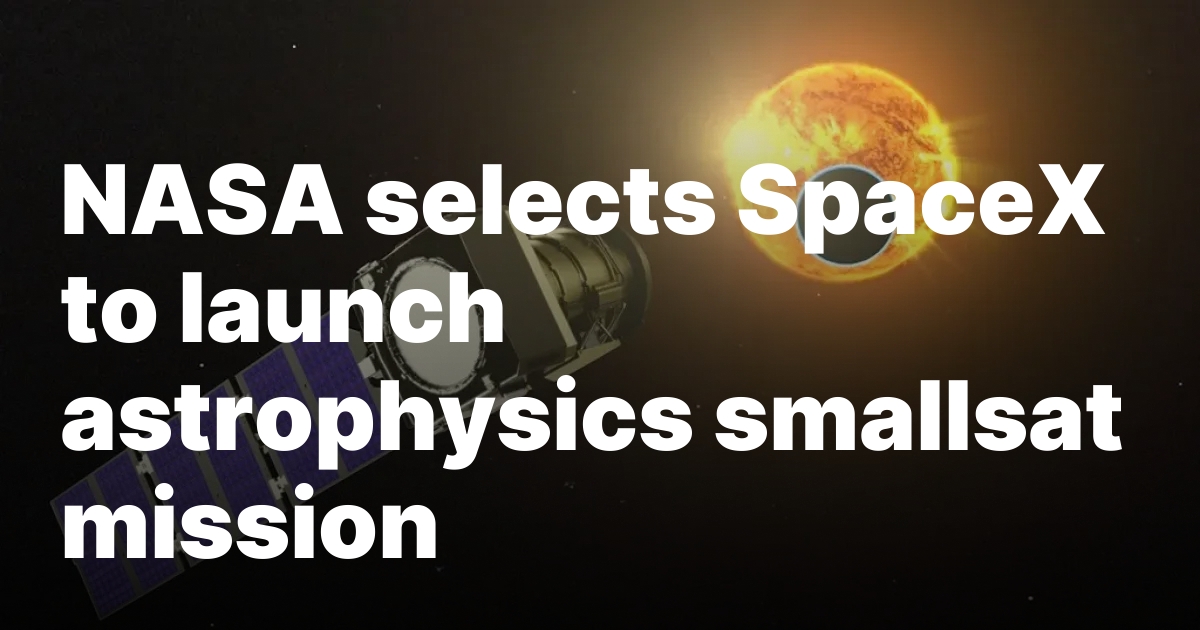NASA has selected SpaceX to launch a small exoplanet science mission as a rideshare payload as soon as September.
Pandora is a smallsat mission that is part of the agency’s Astrophysics Pioneers program for low-cost smallsats. The spacecraft features a 45-centimeter telescope equipped with optical and infrared detectors that will observe 20 stars known to have exoplanets over a one-year mission.
“Pandora’s primary goal is to probe into the atmospheres of exoplanets using transmission spectroscopy,” said Elisa Quintana, principal investigator for Pandora, during a Jan. 11 presentation about the mission at a meeting of the Exoplanet Exploration Program Analysis Group (ExoPAG).
Pandora is designed to help scientists determine if spectral signatures seen in certain exoplanets are caused by the presence of hydrogen or water in the planets’ atmospheres or instead are linked to variability in the star itself. “Stars are not uniform,” she said. “Pandora is essentially a calibration instrument to help address this problem.”


